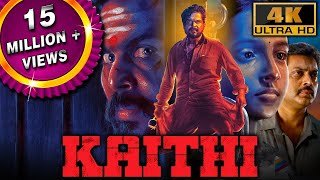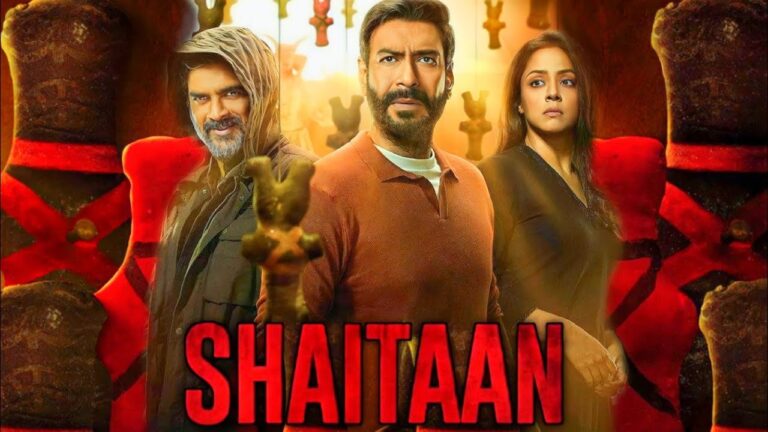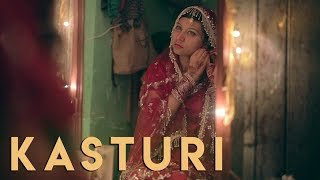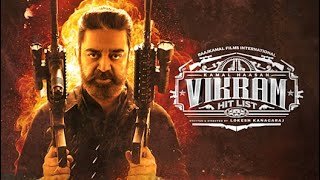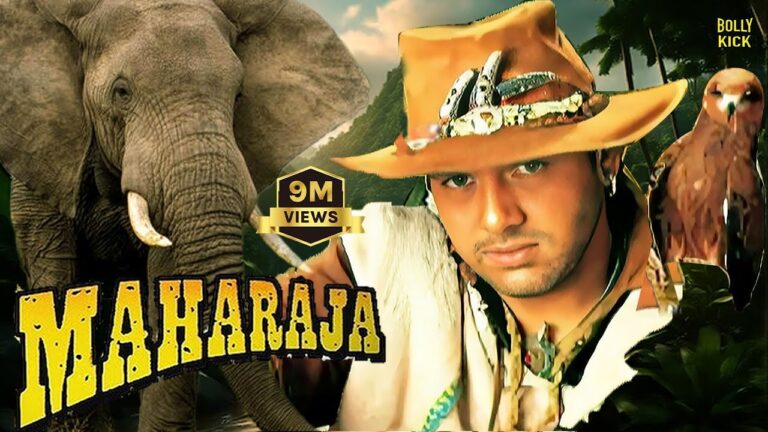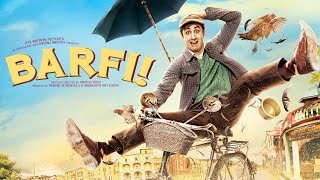Kaithi – A Night of Blood, Bonds, and Brutal Redemption
Lokesh Kanagaraj’s Kaithi is not just a taut action thriller—it is a masterclass in minimalist storytelling, relentless tension, and emotional depth concealed within explosive moments. Stripped of traditional cinematic embellishments like songs, flashbacks, or romantic subplots, Kaithi stands tall as a unique specimen in Indian cinema: a high-octane actioner fused with deep emotional undercurrents and thematic density. At its heart, it’s about a man trying to reconnect with his daughter. But around this fragile emotional arc revolves a full-blown war between drug lords, corrupt cops, and one man who just wants to be left alone.
This is a deep-dive into the emotional psychology, narrative engineering, thematic layers, and symbolic structure of Kaithi, beyond its surface of blood and bullets.
I. The Premise as a Narrative Time Bomb
The entire film unfolds in a single night.
This seemingly simple constraint is in fact the film’s greatest narrative strength. Time in Kaithi is both an ally and an enemy—it compresses character arcs, fuels urgency, and strips the story to its rawest emotional core.
Plot Summary (Simplified):
Dilli, a recently released life-term convict, is desperate to see his daughter for the first time. But fate intervenes. A police officer named Bejoy, poisoned along with several colleagues, forces Dilli to drive a truck full of unconscious cops to safety. Meanwhile, a drug cartel, hell-bent on retrieving a massive consignment seized by the police, unleashes chaos across the city.
This is not just a story about smuggling or survival. It’s a night of choices, where every character is forced to decide—fight or flee, trust or betray, survive or redeem.
II. Dilli: The Reluctant Hero with a Heavy Past
Dilli is not your typical action hero. He doesn’t walk into a fight expecting to win. He walks in because there’s no other choice. He’s weathered, quiet, stoic. His past remains mostly hidden, yet we feel its weight in his every action.
What makes Dilli compelling is his emotional contradiction:
- He’s a violent man who avoids conflict.
- A father who has never seen his daughter.
- A convict trusted with lives more valuable than his own.
Unlike most Indian cinema protagonists, Dilli isn’t driven by revenge or romance. He is propelled by a hunger for peace. But the world won’t let him earn it easily. The brilliance of his character is that while his skill with violence is exceptional, it’s never glorified. Every fight, every decision carries a physical and emotional cost.
The fatherhood angle isn’t tacked on as sentimentality. It is the film’s spine. Dilli’s decisions throughout the night are all rooted in one longing: to reach his daughter by sunrise. That single human desire makes him more relatable than a thousand punchlines ever could.
III. A World Without Heroes: Moral Grayness and Survival
There are no pure characters in Kaithi.
Even Bejoy, the police officer, is shown as flawed—ambitious, secretive, and operating in a corrupt institution. The cops he serves with are unconscious because he chose not to warn them of an operation involving dangerous cartels. His nobility is reactive, not inherent.
The drug mafia is ruthless but not chaotic. Their strategies are meticulous, calculated. Even the young college boys, caught up in the police station siege subplot, are not shown as either brave rebels or comic relief—they are civilians forced into warfare, just like Dilli.
In Kaithi, survival is not guaranteed. The film constantly reminds you: no one is safe, no one is special.
The use of darkness as metaphor is crucial. Most of the film is set at night—not just in time, but in tone. Characters grope their way through physical and moral darkness, trying to find light—be it salvation, redemption, or safety.
IV. Cinematic Techniques: Grit, Realism, and Precision
The brilliance of Lokesh Kanagaraj lies in how he engineers cinematic claustrophobia. The bulk of the action happens in two closed environments:
- The truck transporting poisoned cops.
- The police station under siege by the gang.
The truck becomes a mobile battlefield—claustrophobic, vulnerable, and constantly moving. Each set-piece is not just an action beat but a narrative turning point. There is a mechanical quality to how the events unfold—one consequence leads to another, organically but unpredictably.
The cinematography favors dim lighting, naturalistic tones, and tight framing—intensifying the sense of entrapment. Action sequences avoid slow motion or stylization; they are raw, physical, and brutally kinetic. Every blow lands. Every cut matters.
Unlike many Indian films, Kaithi treats violence as consequence, not celebration. There’s no background score pumping testosterone. Instead, silence is weaponized. The camera doesn’t flinch away from pain, but it also doesn’t revel in it. You feel exhausted after every fight, just like the characters do.
V. Symbolism and Metaphor: The Mythic Undertone
While Kaithi is grounded in realism, it quietly borrows from mythological structures.
Dilli is a modern-day Arjuna in exile, reluctantly drawn into a battle. His enemies are many-headed hydras—each gang member another avatar of systemic corruption and human greed.
The night becomes symbolic of purgatory—a space where sins are confronted, and redemption can either be earned or denied. Dilli must prove he is not the man he once was—not through words, but through actions.
Even the truck, with poisoned bodies inside, becomes a metaphor for the weight of one’s past. Dilli drives a literal burden—of strangers, duty, and fate. His journey is both physical and existential.
The police station, under siege, resembles a last stand fortress. The college students defending it are not warriors—they are us. Ordinary, underprepared, terrified, but rising to the occasion because no one else will.
VI. Time and Rhythm: Building Relentless Momentum
The film has no room to breathe—and that’s the point.
From the first act, the pacing is unyielding. Every ten minutes introduces a new escalation—more enemies, more obstacles, more moral dilemmas. Yet the film never feels crowded or bloated.
Each scene serves a function:
- To advance plot.
- To test character resolve.
- To deepen emotional investment.
Even the flashbacks are withheld until the final moments. This forces the audience to judge Dilli in real time, based solely on what he does—not what he once was. That’s a brave storytelling move, and it pays off.
The final reveal of Dilli’s backstory—his longing to see his daughter—does not sentimentalize him. It simply justifies his silence throughout the film. He didn’t need to convince us he was good. He showed it.
VII. Masculinity, Redemption, and Emotional Restraint
Kaithi deconstructs conventional Indian masculinity. Dilli is not chatty, flashy, or vengeful. He doesn’t make speeches about justice. He simply acts—quietly, efficiently, sometimes violently.
Yet, he is not emotionally closed. His desire to meet his daughter is tender, innocent. He asks Bejoy if he can wear clean clothes before seeing her. That small, human detail reveals more about him than any backstory ever could.
The film treats redemption not as absolution, but as earned grace. Dilli does not become a hero. He becomes a father. That’s all he ever wanted to be.
VIII. The Lokesh Cinematic Universe: The Foundation Layer
Without delving into external films or references, it’s worth noting that Kaithi functions not just as a standalone story—but as an origin myth for a larger universe of narratives. The seeds of continuity are subtle but deliberate.
What matters here is how Kaithi lays out a moral architecture—where the real villains are not men with guns, but the systems that protect them. The film’s closing moments suggest that the night’s battle may be over, but the war continues.
IX. Conclusion: A Tale of Grit, Grace, and Reluctant Greatness
Kaithi is more than a thriller. It is a story about:
- Fatherhood without sentimentality.
- Bravery without arrogance.
- Violence without glory.
- Sacrifice without reward.
It crafts a story in which the loudest declarations are made through silence. In a cinematic world often saturated with spectacle, Kaithi is a film that whispers—but with such intensity, it leaves echoes long after it ends.
Dilli walks away in the end, not into the sunset, but toward an uncertain dawn. Not a savior. Not a hero. Just a man who, for one night, did everything right.
And somehow, that’s more powerful than any legend.

